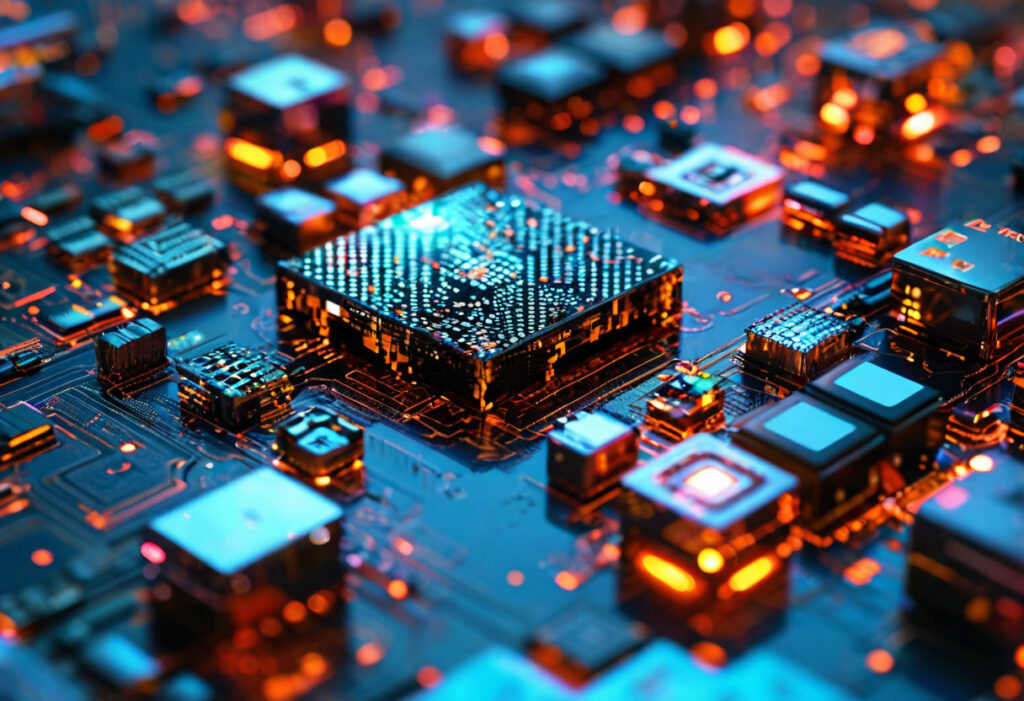Introduction to Web3 Hardware Integration
Web3 hardware integration is changing how we use technology by putting blockchain features into everyday gadgets like phones and game consoles. Anyway, this move by Web3 firms aims to make things better for users, boost security, and help more people adopt decentralized tech. In the first 100 words, the main term ‘Web3 hardware integration’ fits in naturally for SEO. For example, Gaia Labs and Solana Mobile are at the forefront with cool products that focus on crypto without needing central systems.
- Better security through built-in wallets
- Smoother user experience with easy blockchain access
- Wider adoption by making crypto simpler to use
Looking at the data, this trend comes from a push to build ecosystems centered on users. As Shashank Sripada of Gaia Labs put it, ‘Our goal is to show that decentralized options can work, not to fight for market share.’ This is backed up by older examples like HTC’s Exodus 1 from 2018 and Vertu’s Metavertu in 2022, both supporting multiple blockchains.
Key Innovations in Web3 Hardware
A few companies are really innovating with unique Web3 hardware. Gaia Labs rolled out an AI phone using Samsung’s tech, offering on-chain identity and tools for custom AI agents. On that note, Solana Mobile’s gadgets, such as the Solana Seeker, come with built-in wallets and DApp stores, made for crypto fans. These advances provide:
- Direct blockchain links for more functions
- Less need for cloud services
- Special features for specific markets
In gaming, Mysten Labs introduced the SuiPlay0X1 console with native Web3 elements, while Solana Mobile has the PSG1 console planned for 2025. You know, these efforts differ from regular hardware by offering better security and user control.
Market Impact and Future Trends
Adding Web3 features to hardware is influencing how markets adopt new tech. Initially, the effect is neutral, but over time, growth is likely as things get easier to use. Pre-order stats, like 150,000 for Solana Seeker, show strong interest. Areas with high crypto use, such as South Korea and Hong Kong, are important for testing. According to an expert, ‘Hardware innovations are key to reaching the expected 5 billion crypto users by making access and security better.’ This matches wider trends in big investments and regulatory progress.
Regulatory and Security Aspects
Rules and safety steps are crucial for Web3 hardware to succeed. Devices have to follow laws on digital assets and data privacy. Supportive policies in places like Hong Kong and Japan help new ideas thrive. Security features, such as hardware wallets and zkLogin, tackle risks like phishing. As one source mentions, ‘Fair regulations and strong security are needed to build trust in decentralized tech.’
Conclusion and Synthesis
The outlook for Web3 hardware is positive, with ongoing new developments driving adoption. Improvements in AI and blockchain will lead to smarter devices. By focusing on user-friendly design and following rules, Web3 hardware can support a decentralized digital economy. It’s arguably true that this ties into market growth forecasts and the need to solve usability issues.

